When I started my research, my goal was to trace my families either “across the pond” or to where they lived before they settled in Illinois. Then my focus concentrated on working through my colonial era families in the east coast of the United States. I never really worked up the siblings of my great or great-great-grandparents. Their parents were easy to determine and, for the most part, those aunts and uncle lived and died in the two-county area where my families had lived since the 1850s. So I figured I’d do it ‘later.” Later came around the time I got my DNA results back. Matches can be more easily analyzed when you know something on the descendants of the siblings of your great and great-great-grandparents. But it […]
Heirs to an estate may be listed as coparceners and they are individuals to whom an inheritance descends jointly, typically heirs of a deceased individual.
I was trying to determine who was the witness on a 1907 marriage from rural Nebraska. There were two candidates for the person who was the witness and then I remembered that in order to legally be a witness that person had to be over the age of majority. In 1907 in Nebraska, that would have been twenty-one years of age for a male. And that answered the question. The bride’s brother would have been under twenty-one and her cousin would have been in his late twenties. Why one her “of age” siblings was not the witness is a mystery I may never know the answer to. But “being of age” was the answer to the identity of the witness question. Contemporary state statutes will indicate the age […]
They all do it: holiday sales for DNA tests. While more people testing helps those of us who have already tested, taking a test without giving a thought to the drama that could result is not necessarily advised. There’s a chance that someone taking a test will discover family facts of which they were not aware and that could create a little bit of modern-day family drama. Not everyone wants that drama and not everyone wants to know those details. A DNA test could indicate half-siblings that were unknown or a previously unknown child or grandchild of a sibling of a parent or grandparent. Not everyone will react the same way to this news. Respect the wishes of someone who does not wish to test. It’s their right […]
I recently was looking for a christening record in a rural Nebraska church and after finding it, I browsed the other confirmation records for about a twenty year period in the late 19th century. Every entry had the place of birth and baptism for the person being confirmed. The church was in an area that had been open for settlement for perhaps ten or so years. Virtually all the young adults being confirmed had been born “back east” or “across the pond.” Viewing those records gave me insight into the migratory patterns of early settlers in the area–or at least those who were members of the church in question. That insight would never have been obtained if I had simply looked at the one record of interest and […]
Several of the fee-based genealogical research sites will offer up “hints” of records that may be for your ancestor. These hints are often based on search parameters, what you have in your tree, what others have in their tree on the (supposedly) same ancestor, etc. These hints are not analyzed by any human. They are dished up by a computer algorithm. Sometimes they are right and other times they are not. It is up to you to determine if the hint is in fact a record for your ancestor. The name may be similar but the person may still be different. The location or likely age of the person may indicate that it is someone entirely different. But do not just automatically assume the hint has to be […]
When analyzing any genealogy record, ask “how did this person get in this record and why?” Many times the answer is simple–die and you get a death certificate but other times it is not. It’s crucial to ask that about everyone that appears in any record in which your ancestor appears–do not just ask the question about the ancestor. Think about the role of everyone else whose name appears. Would they have had to have been a certain age? Would they have had to be legally competent? Would they have had a specific relationship to your ancestor or to anyone else in the document?
A friend was excited to discover a printed reference in a 1930s publication to her ancestor that contained the year and place of his birth in Germany in the early 18th century. I had to tell her that she was just getting started. A printed reference nearly 200 years after they fact may be correct, may be wrong, or somewhere in between. Best to use the reference as a clue to further research and not just to assume it is correct. It may also be helpful to see if the book lists any sources as to where the information contained in the book was located.
“Late in life” marriages can be a good source of additional information on a relative, particularly during a time period when marriage records provide more information that just a name. However, in cultures where women take the last name of their husband, these marriages can cause a woman to disappear. Always consider that the reason a female cannot be found is that she might have married again and changed her last name. Or she may have moved a distance to live with a child. Or both.
A person stops living when they die. That’s clear. But that does not mean that the person does not stop being mentioned in records created after their death. It does not mean that people who knew that person instantly forget everything they know about them. It does not mean that their personal papers and effects instantly disappear. Ask yourself what records might have been created after a person’s death that mention them? Their death certificate, obituary, probate/estate records, tombstone, etc. are fairly obvious. There are others: death certificates of surviving children may mention parents, obituaries of children may mention them, and so on. Children, grandchildren, nieces, nephews, etc. may have memories of the person. The deceased person’s effects may be thrown out or destroyed or they may end […]
The 1880 Census for Harmony Township, Hancock County, Illinois, indicates a household headed by a U. Bruns is next to a household headed by an Ekke Burns. One might be tempted to think that the census taker just got one of the last names wrong by transposing two letters. It’s best not to give into temptation and not to assume what error the census taker made until more research has been done. U. Bruns’ last name was actually Bruns (his first name was Ubbe). Ekke Burns’ last name was actually Behrens. That last name was pronounced in such a way that to a speaker unfamiliar with the language it would have sounded like “Burns.” Consequently neighbor Ekke was not a probable son of his neighbor U. Bruns. He […]
I’ve been reading homestead papers for extended members of my family who immigrated from Ostfriesland, Germany, to the United States in the mid to late 19th century. I knew where in Illinois many of these families had initially settled before they decided to try their luck on the Nebraska frontier. Immigrants had to document their citizenship in order to complete the homestead process. Most of these immigrants had settled in Ostfriesian immigrant communities in a few Illinois counties. In reading the naturalizations in the homestead files, I kept noticing naturalizations taking place in the 1870s where there was not a known Ostfriesian settlement. The same name appeared as a witness on most of those naturalizations. The summary of what happened was that the witness was an Ostfriesian immigrant […]
If your ancestor went somewhere “out of the blue” to get married and married someone from that “out of the blue” location, have you determined why they went there? It might not have been to find a spouse. I discovered an uncle worked in Nebraska for several months on a farm near where his cousin lived. The uncle didn’t meet his wife while in Nebraska, but it very easily could have happened. In this case, I already knew about the cousin and where he lived so his name and residence were not a surprise to me. This newspaper reference has got me to thinking about other relatives who married someone they had met a distance from home–and I had not figured out what the connection was. In some […]
If your ancestor’s death record says they were born in Hamilton, Illinois, is the reference to the city of Hamilton, Illinois, which is in Hancock County, Illinois, or is it a reference to Hamilton County, Illinois, with the word “County” omitted? Hamilton County is in southern Illinois and quite a distance from Hancock County where the city of Hamilton is located. There are many US locations where a town has the same name as a county but the town of that name is not located in the county of that same name. It’s not just the United States where the same name can be used for political jurisdictions that serve different purposes and where the smaller jurisdiction is not located within the one that is larger. Even if […]
I wrote a little story about my Grandma Neill on my personal Facebook page. The details do not really matter. To me and to others who knew both my grandmothers it likely was obvious to whom I was referring. People who didn’t know both of the reasonably well had no idea which grandma I was referencing. Veiled or missing references do not always matter in off-the-cuff Facebook posts. However, in writing or materials that will hopefully be read by others and by individuals long after the writer is deceased, clarity and specificity does matter. Don’t neglect stating “the obvious” in any genealogical writing you do. Your reader is someone who does not have any knowledge of the individuals involved. They may also not be aware of local history, […]
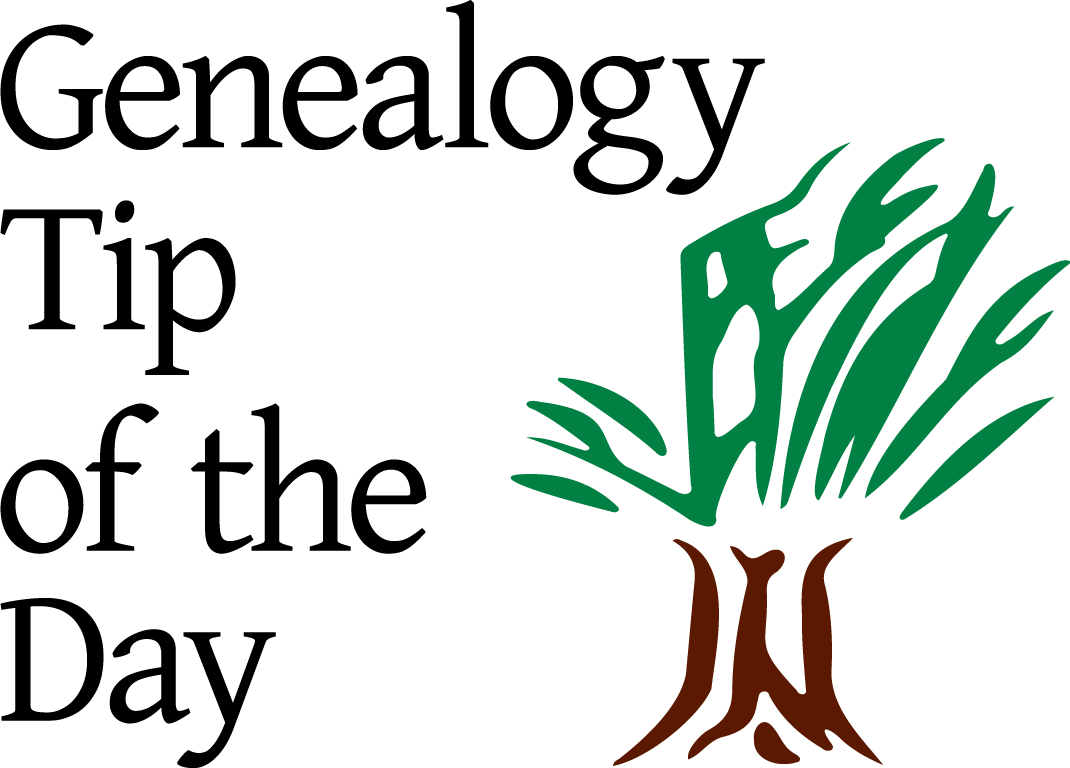
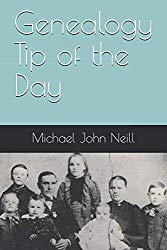
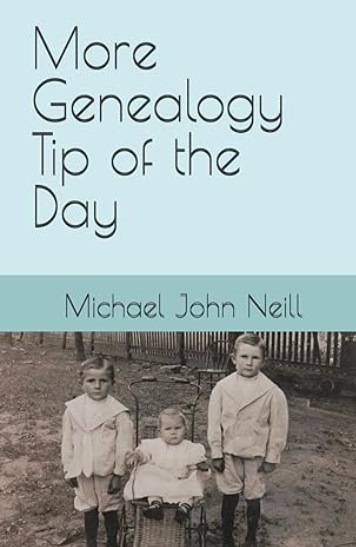

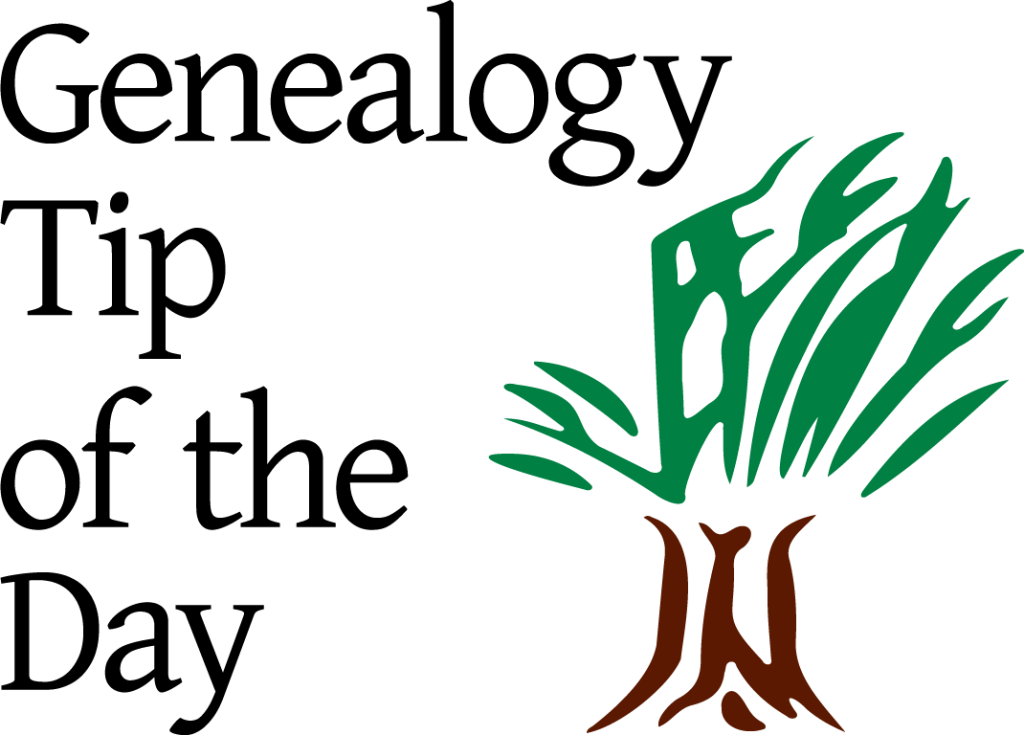
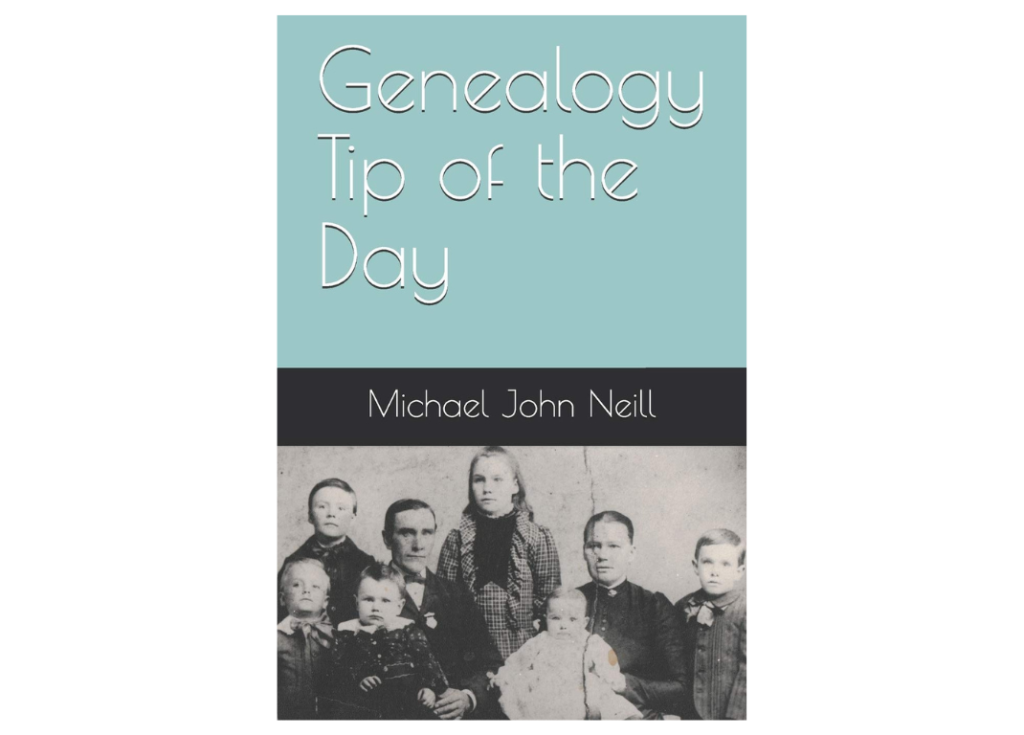
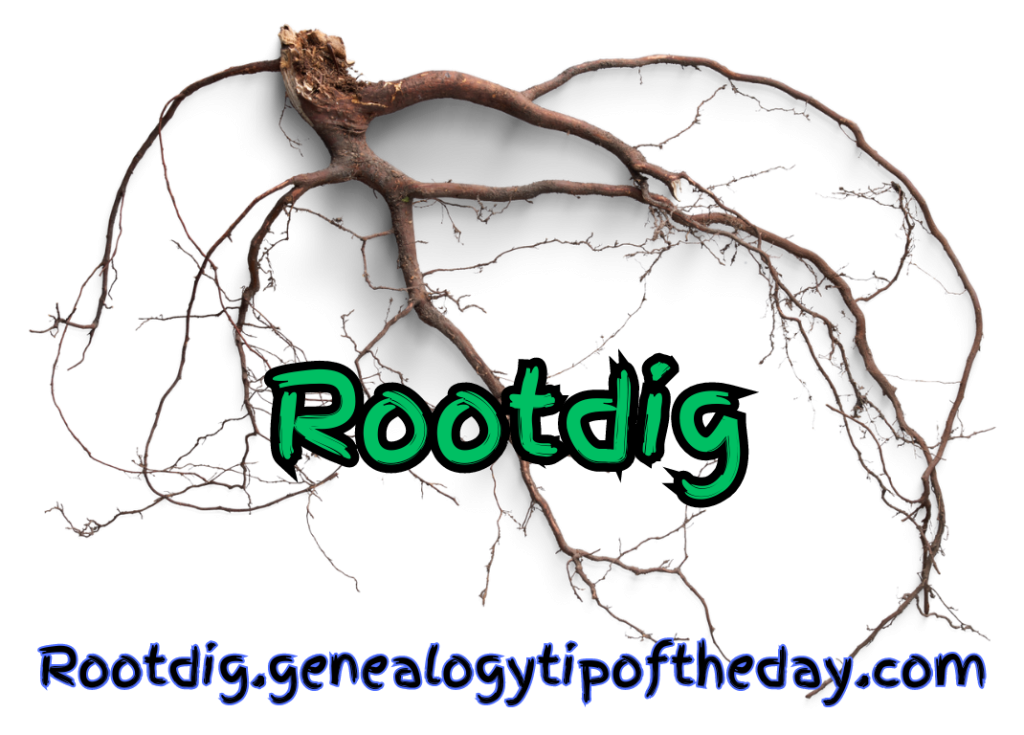

Recent Comments